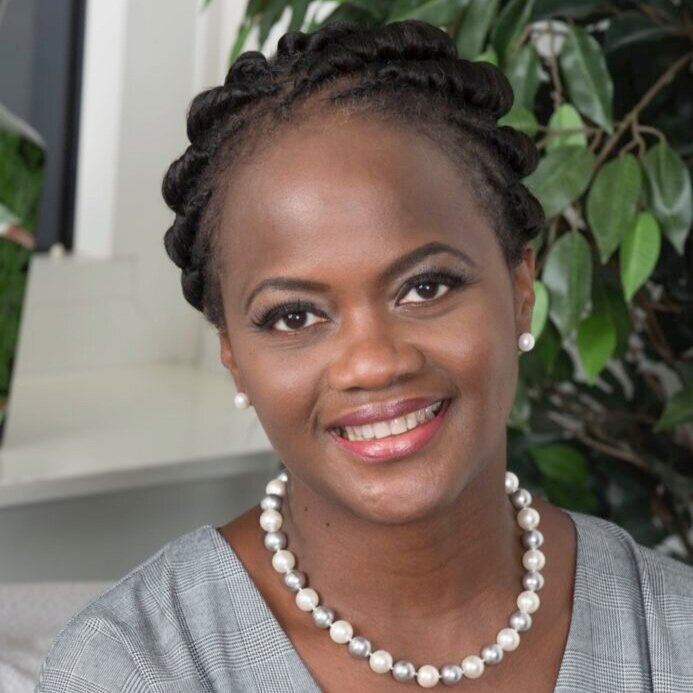“Patronage is crucial in supporting artists to reach their creative potential.”

Bimpe Nkontchou is a Trustee of Yinka Shonibare Foundation and Trustee/Director of G.A.S Foundation (Nigeria). Photograph courtesy of Bimpe Nkontchou
Contemporary African Art made its entrance to the mainstream international market in 2006, timidly at first, (a bit like Cinderella did to the ball) when Jack Sherman’s major exhibition of El Anatsui in New York piqued the interest of international collectors. Bonhams, the auction house in London ensured that contemporary African Art remained on the ‘guest list’ when it launched its African art department in 2006 and started its dedicated “Africa Now” sales in 2009. In spite of the fact that talented modern and contemporary African artists have been well known in their home countries for over 50 years, (e.g. early works of the Nigerian artist Ben Enwonwu date to the 1950s), it took the recognition and welcome embrace of western institutions, galleries and collectors for the market in contemporary African art to grow to the serious proportions in which it exists today. This was a welcome phenomenon for the artists who had initially struggled, mostly unaided, to evolve and to make a real living from their art practice; they suddenly found themselves the center of attention on the world’s stage, being wooed and courted, embraced and befriended by the gallerists, art consultants, auction houses and collectors, mostly motivated by the speculative interest in getting in early (when the artist is on his/her way up) and to capitalize on the fame and accolade that awaits the meteoric rise of an artist’s career.
In the excitement and the enthusiasm that has greeted contemporary African art as the latest entrant to the world stage, the question very few people are asking (except perhaps for some bemused artists) is whether this interest, this stampede, is sustainable, resting as it is on a fragile platform and lacking the fundamental pillars needed to hold up and sustain a thriving art economy.
Read the full article